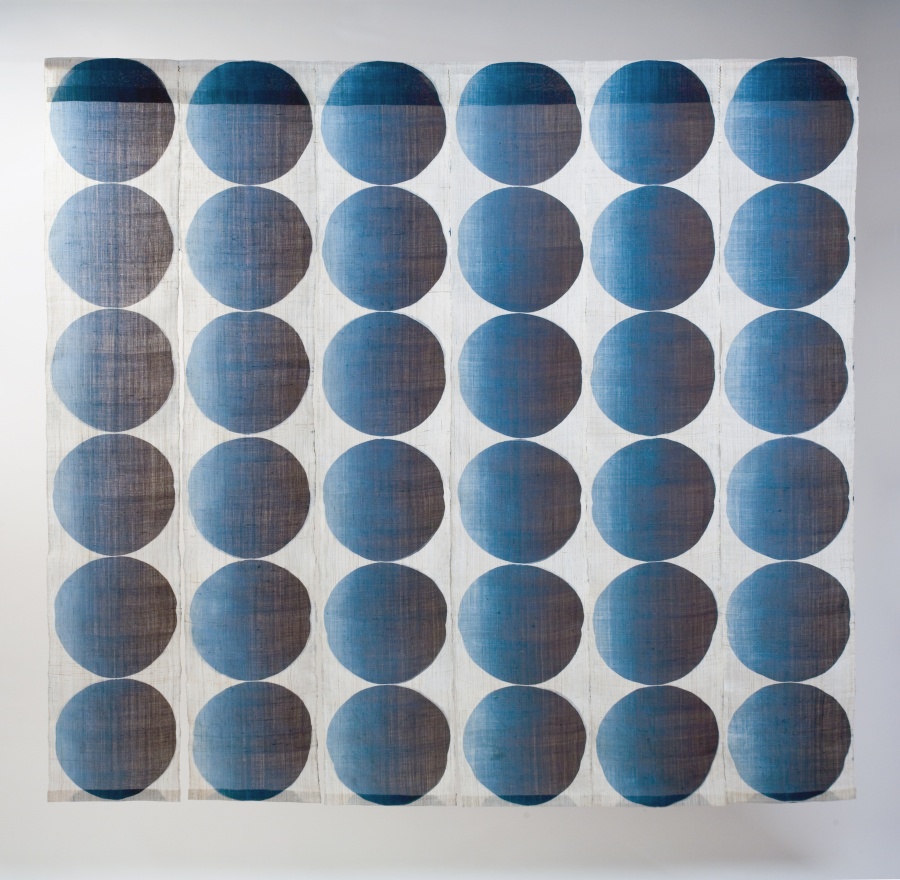
This week’s FEEDBACK FRIDAY was with Rowland Ricketts where we talked all things indigo.
Watch the video recording here:
Shop all our indigo here.
Visit our vast amount of indigo pages and how-tos.
Make a 1-2-3 fructose indigo vat.
Make a 1-2-3 henna indigo vat.
Make a 1-2-3 Shakealotta indigo vat.
Make a 1-2-3 iron indigo vat.
Rowland Ricketts creates immersive installations using handwoven and hand-dyed cloth. His holistic artistic practice begins on his farm, where he cultivates the indigo plants he uses to color his artwork, fully linking his material and process with the finished product. Ricketts often incorporates participatory engagement from non-artists, emphasizing the relationship between nature, culture, the passage of time, and everyday life.
For the past two decades, indigo has been Rowland Ricketts’s primary medium and subject matter. Ricketts uses natural dyes and historical Japanese processes to create contemporary artworks that engage visitors in multisensory experiences and embraces indigo’s depth of meaning. Using an approach that inextricably links process and outcome, Ricketts works with a “farm-to-gallery” concept, an idea more often associated with the craft food movement. He farms his indigo on six acres in Bloomington, Indiana, where he also serves as associate dean of the Eskenazi School of Art, Architecture, and Design at Indiana University.
Rowland says: “I grow and process my own indigo (Polygonum tinctorium) using Japanese methods that are centuries old. The leaves are harvested, dried, and composted by hand to make the traditional Japanese indigo dyestuff called sukumo. The sukumo is in turn fermented in wood-ash lye to create a natural indigo vat.
My decision to work this way is one that consciously favors slower, natural processes and materials over more immediate, synthetic options. Today, with petroleum-derived indigo readily and cheaply available, my choice to plant, transplant, weed, harvest, winnow, dry, and compost the indigo by hand is not one of necessity. Instead it is a conscious act of recognition that all the energy extended in the farming and processing of the indigo plants is just as much a part of the final dyestuff as the indigo molecules themselves.”
More about Rowland here.
FEEDBACK FRIDAY
If you are not familiar with FEEDBACK FRIDAY, every week, we speak with dyers, artists, scientists and scholars about our favorite topic, natural dyeing and color. Curated by Amy DuFault, Botanical Colors’ Sustainability and Social Media Director and presented by Botanical Colors’ Founder Kathy Hattori.
